What is a GU24 light bulb
A GU24 light bulb is a bi-pin base lamp that is used for mains-voltage applications. The lamp is fitted to an ANSI standardized base designated as GU24. The GU24 base features two pins that twist and lock into the light fixture. As the name would suggest, the two pins are spaced 10 mm apart. The GU24 socket and base system was introduced to force the transition to more energy efficiency CFL technology because the new system would prevent the Edison screw base incandescent bulbs from being used in newer light fixtures. The Energy Star program requirements for residential lighting fixtures, Version 4.0, mandate the removal of the standard Edison screw sockets in light fixtures in favor of GU24 socket. The same requirement was also included in California’s building energy efficiency standards, known as Title 24.
GU24 base
Compared with the Edison screw base, the GU24 base offers improved protection against electric shock because neither of the electrical contacts is exposed during bulb installation or when in service. The twist lock design allows that the overall length of the lamp can be made shorter since the threaded base is eliminated. However, GU24 LED bulbs require proper alignment to install and come with a price premium as they had been mandated in a minority of jurisdictions. As of January 2017, GU24 fittings are no longer required for Energy Star or California Energy Code compliance. This may bring down manufacturers’ drive to produce GU24 bulbs.
Bulb shape
A GU24 LED bulb is a self-ballasted LED lamp that may take shape in various designations such as A19, R30, and PAR38. The lamp is comprised of an LED assembly, LED driver, thermal management system (passive cooling using a heat sink), the GU24 base, and other optical, mechanical and electrical components. The power conversion from the line voltage to the DC output matched to the electrical characteristics of the LED array is provided by the internal LED driver.
No LED bulbs today are without compromise
LED lamps outpaced compact fluorescent lamps in terms of lifespan, efficiency, and controllability. However, the design of an LED lamp can be tricky because the addition of thermal management systems and the complexity of constant current regulation significantly increase the component counts. The need for more spaces to accommodate these components and the cost pressure resulted from the increased number of components remain tough challenges for the lighting industry. No LED lamps today are without compromise, and GU24 LED bulbs are no exception. Efficiency, service life, color quality, and flicker mitigation are compromised to a greater or lesser extent.

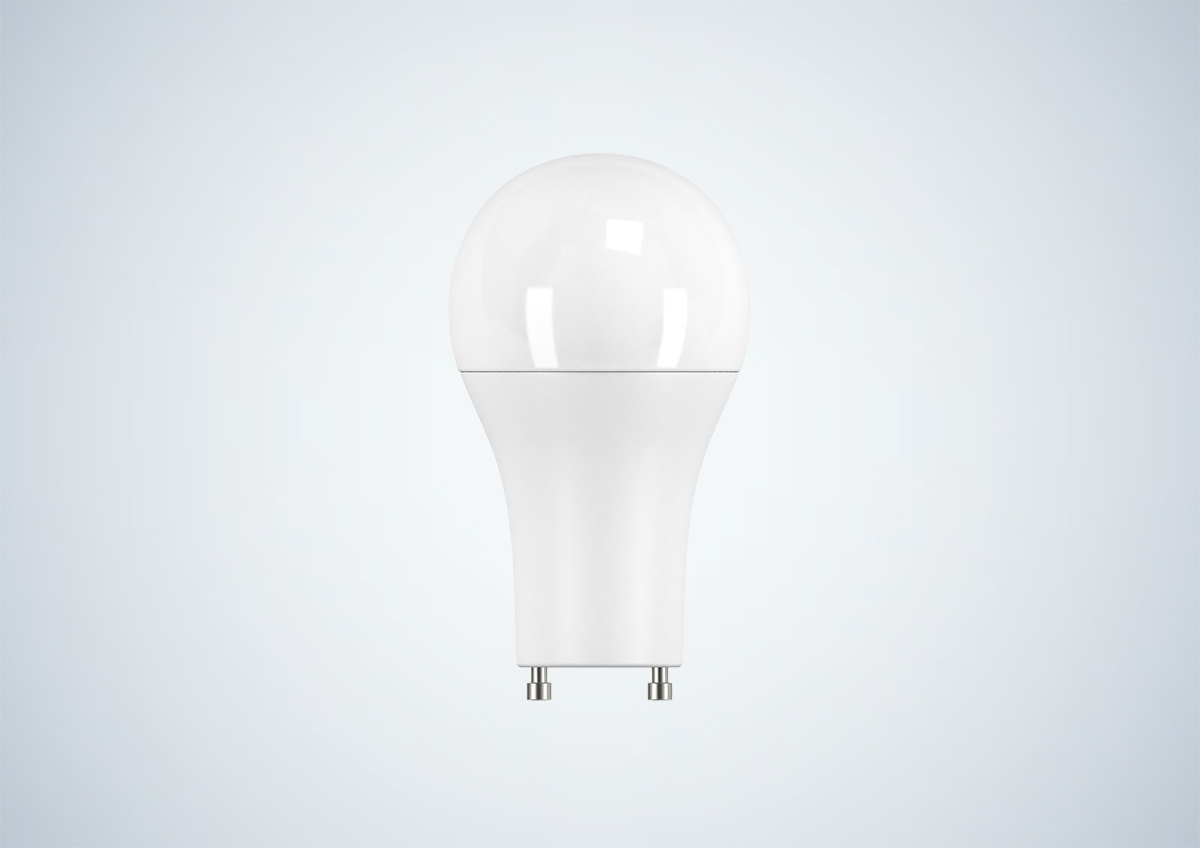
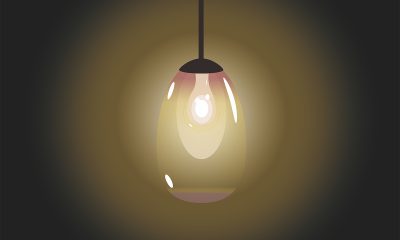

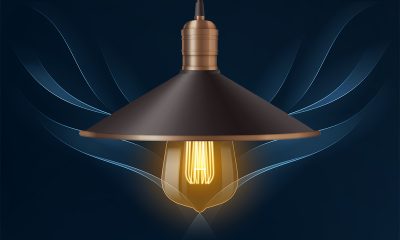
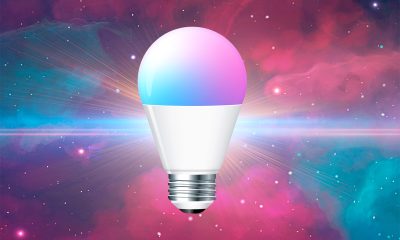

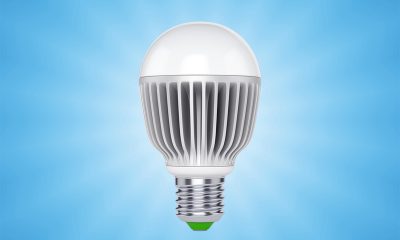
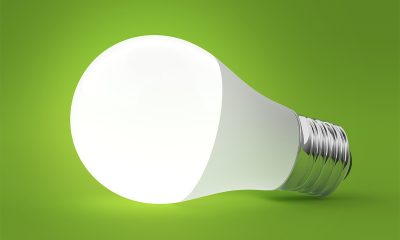

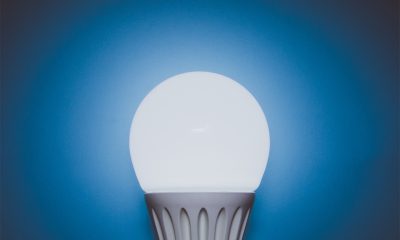
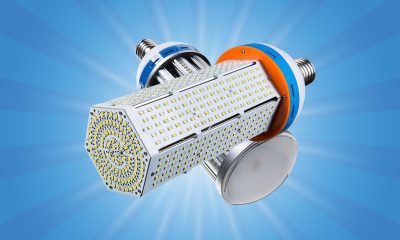







Loading...